This year, 2021, marks the 35th anniversary of the Legend of Zelda series. Over this time, The Legend of Zelda franchise has spawned twenty-seven mainline games in addition to ports/remakes, an array of spin-off titles, books, manga and even a short-lived animated series. It has become a leading Nintendo franchise, headlining the launches of both the Wii and the Nintendo Switch, finding itself behind only Mario and Pokémon in terms of its popularity as a series. The most recent mainline release, Breath of the Wild, brought us an expansive and wonderfully realised open-world experience which remains one of my personal highlights on the Switch to date. The Legend of Zelda’s origins on the NES were far more simplistic, yet no less ambitious. In this feature, I’m going to be sharing my experience playing through the NES classic for the first time, as well as looking back at my experience with the series as a whole. Read on for more.
My first experience of The Legend of Zelda was actually through the aforementioned animated series of the same name. At the time I actually had no awareness that The Legend of Zelda was a video game at all! This meme-worthy series doesn’t have the best reputation and has been extensively derided over the years. Well excuse me princess, but I actually recall quite enjoying it at the time! Give me a break, I was 4 years old! It would be another 7 years before our paths would cross again and I would finally buy my first Legend of Zelda game, Link’s Awakening, on the Game Boy. I must admit I wasn’t particularly good at Link’s Awakening and, as a child, I never completed it, but I did love my time playing it. Koholint Island was captivating, a world that felt full of life despite the limitations of the Game Boy hardware. This would lead to me buying Ocarina of Time for the N64, an experience that enraptured me and changed my perception of what a videogame could be. From that point on, I was hooked and have played the vast majority of Zelda titles upon release. Yet at this point, the series was over ten years old and the earliest titles, on NES and SNES, had passed me by. I did ultimately go back and buy an NES and SNES, along with all the Zelda titles back in the early 2000s yet, at the time, they remained little more than curiosity pieces to me, I dabbled in them as a look at how the series began, but little else. Yet with the 35th anniversary approaching, I decided late last year that it was time to sit down, take advantage of the games included with the Nintendo Switch Online service and start the series from the beginning. Thirty-five years is a long time in gaming though, so how does the first game hold up?
The first thing that stands out upon playing The Legend of Zelda on the NES for the first time is just how little direction the game gives you. Some of the instructions, back-story and a map could be found with the original game manual but having no access to this is a huge barrier to playing the game these days. Unlike many games of the time, The Legend of Zelda is presented from a top-down perspective and allows for free movement in any direction. The game begins in a clearing and offers the player no in-game guidance, nor an explanation of where to go or what to do. A cave on the same screen is however immediately inviting and introduces you to a character who recites the famous ‘It’s dangerous to go alone’ line, awarding Link with his first item, a sword. Upon exiting the cave, you are given the option of choosing one of three directions and that’s it, you’re on your own! This approach actively encourages you to freely explore your surroundings, yet the world of Hyrule is an extremely hostile one and Link will face enemies on every screen. Link starts with just three hearts and, as such, enemies can defeat him with ease. Die and you go right back to the clearing from the start! As a result, you can easily find yourself trapped in a frustrating gameplay loop where you make very little progress. This makes for a game that isn’t especially inviting and consequently, it’s easy to see why many modern players wouldn’t persist with it. If you’re fortunate you might stumble across a dungeon (more on those later) but with nine to explore, some of which are extremely well hidden, it can be easy to find yourself lost. Some may have the patience and tolerance for such frustration but it certainly isn’t for everyone. I certainly realised after several attempts that it wasn’t for me either! For these reasons, I would argue that the Legend of Zelda on NES is best played with a guide. Some might call this blasphemy, but for me personally, it totally changed my experience and perception of the game.

The guide I chose to follow immediately encourages the player to seek out items and heart pieces in order to make exploration that much more viable. Within less than an hour of play, I was equipped with items including the magical shield, arrows and bombs. Not only that but I’d doubled my total hearts! All of this made exploring Hyrule that much more palatable and I found it much easier to explore the world and engage in combat without the constant fear of death. With this done, I then proceeded to take on the dungeons. Zelda games are renowned for their dungeons, filled with puzzles, combat and challenging exploration. Yet in The Legend of Zelda on the NES, it was often finding the dungeons that presented the bigger challenge than the dungeons themselves! They are tucked away across the map and often well hidden. Although they can largely be approached in any order, the difficulty does vary and this is again where the guide came in handy, allowing me to approach the dungeons in the most appropriate order and find them on the map with relative ease.
The dungeons themselves were largely quite straightforward, particularly compared to more recent Zelda games, with most of them requiring little more than killing all enemies in a room and proceeding to the next one, sometimes collecting the key they had dropped to use on locked doors. Each dungeon ends in a boss battle, as has become tradition, yet these are again quite straightforward and most can be defeated with repeated sword slashes. Key items are found in the dungeons too, which have a range of functions. Some, such as the silver arrows and the recorder are required to defeat specific enemies, whilst others such as the raft and stepladders are required to fully navigate the world and access certain dungeons. I didn’t find it necessary to use a guide to complete the dungeons but you may find it helpful to ensure that you don’t miss anything! The purpose of each of the first eight dungeons is to collect pieces of the Triforce of Wisdom, whilst the final dungeon (which requires the complete Triforce of Wisdom) leads to a boss battle against regular series villain, Ganon, and allows Link to rescue Princess Zelda and complete his quest.

Without a guide, I found The Legend of Zelda to be quite a thankless task, but with the support of one, I found it to be a rewarding and enjoyable experience. It’s an incredibly ambitious and innovative game, offering much more scope than the side-scrolling platformers/action games which were commonplace on the NES at the time. Despite its hardware bound limitations, The Legend of Zelda on the NES is still a hugely entertaining game even now and it’s clear to see just why such a popular franchise was borne from the foundations laid here, with many aspects of this formula being at the core of Zelda titles released since.
Upon completion, it was also immediately apparent to me just how much inspiration Nintendo had taken from this original Zelda title when designing their most recent mainline game, The Legend of Zelda: Breath of the Wild. This is, of course, public knowledge and was widely spoken about during development, with Nintendo even creating an early prototype version of Breath of the Wild using the NES engine to test gameplay mechanics. However, it was only upon playing through this first game for myself that I truly appreciated just how similar they are. Breath of the Wild starts off in much the same way as the NES game, throwing Link into an expansive open-world bereft of any guidance. It also provides an extensive challenge from the off and combat can be incredibly difficult in the early stages of the game. It also allows for extensive freedom to explore, even more so than the NES original, with Link free to take on shrines, dungeons and bosses in absolutely any order, even being able to go almost immediately to the final boss if you really fancy a challenge! Of course, Breath of the Wild also benefits from 30+ years of advances in game design and technology, and despite the challenge, it initially presents it’s a far more welcoming experience than the NES original, no longer held back by hardware restrictions. Yet the inspiration and similarities are clear to see and it’s remarkable how two games released so many years apart can share such similar game design.
With the 35th anniversary upon us and the hotly anticipated sequel to Breath of the Wild around the corner, it’s fascinating to look back at the progress the series has made and it will be interesting to see if that game also takes lessons from earlier titles in the series. While you’re waiting for it to release, why not check out the original The Legend of Zelda title? If you can get past its rough exterior there’s a truly rewarding game underneath.

I have been gaming for 30 years, starting mostly with PC Gaming, where I developed a penchant for classic point and click games. Over time I discovered Nintendo, starting with the Game Boy and the Super Mario Land games. Here, my love for Nintendo grew as I discovered many of their other franchises, from Zelda to Pokémon. These days I play a bit of everything but Nintendo and their unique creativity always keeps me coming back for more.



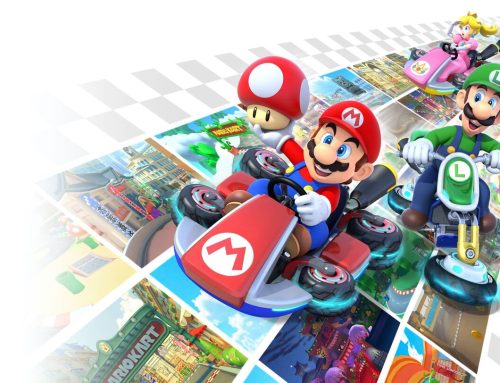
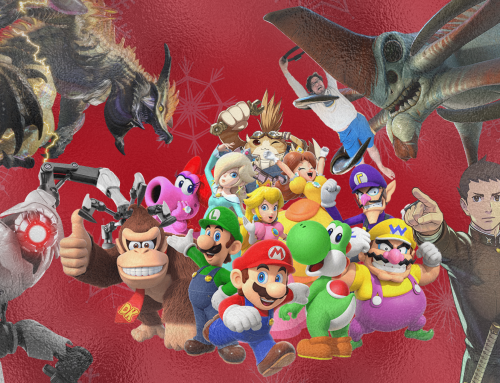
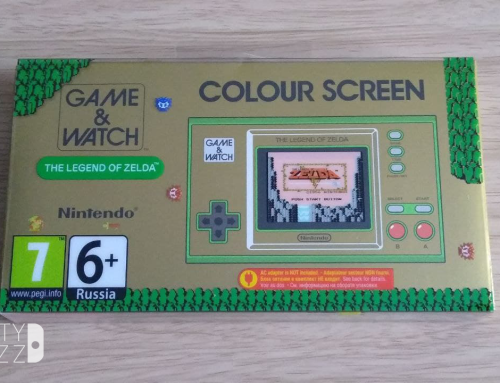
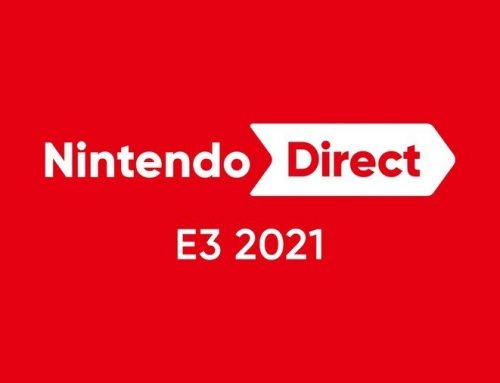
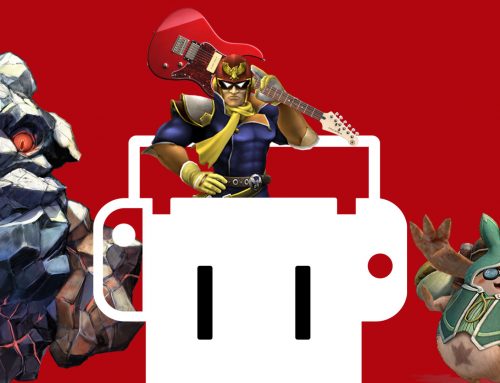
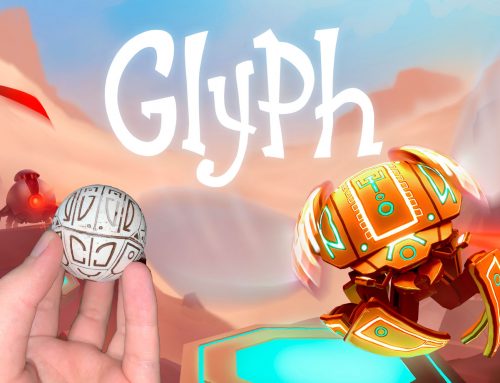
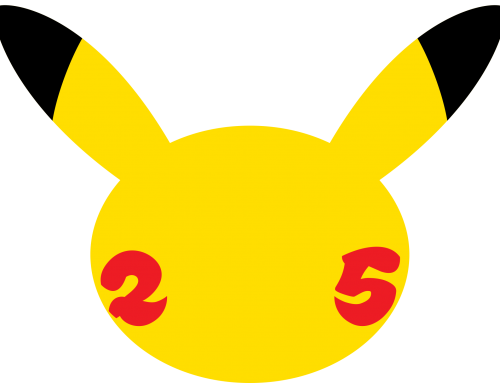
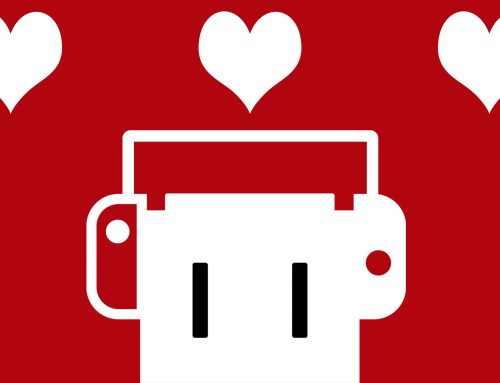

Leave A Comment
You must be logged in to post a comment.